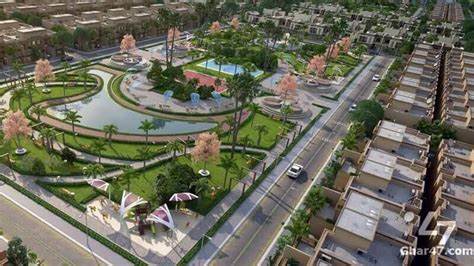The housing market in Pakistan is undergoing a remarkable transformation, shaped by urbanization, population growth, and changing economic dynamics.
As the demand for housing surges, it has become a focal point for both investors and homebuyers. This article explores the key trends influencing the housing market in Pakistan and their implications for the future.
Urbanization and Population Growth
Pakistan is one of the fastest urbanizing countries globally, with approximately 38% of its population living in urban areas. This trend is set to continue, with many people migrating to cities for better job opportunities and living conditions.
Major urban centers like Karachi, Lahore, and Islamabad are experiencing rapid growth, leading to an urgent need for housing solutions. Developers are responding to this demand by launching new residential projects that cater to diverse demographics, ensuring that various income levels are considered.
Affordable Housing Initiatives
A significant trend in the housing market is the increasing focus on affordable housing. Recognizing the need for low-cost options, the government of Pakistan has implemented several initiatives, such as the Naya Pakistan Housing Scheme.
These programs aim to provide affordable homes, particularly for low- and middle-income families.
The projects often feature smaller unit sizes and efficient space usage, employing cost-effective building materials to make homeownership accessible to a wider segment of the population.
Mixed-Use Developments
The rise of mixed-use developments is another noteworthy trend. Developers are increasingly creating communities that integrate residential, commercial, and recreational spaces.
This approach enhances the living experience by providing residents with essential amenities—such as parks, shopping centers, and schools—within close proximity. As urban populations grow, the demand for such developments is rising, as they promote convenience, quality of life, and a sense of community.
Sustainable Housing Solutions
Sustainability is becoming a critical consideration in the housing market. With heightened awareness of environmental issues, developers are adopting eco-friendly practices in their projects.
This includes the use of sustainable materials, energy-efficient designs, and the incorporation of green spaces. New housing initiatives aim to minimize their carbon footprint and promote healthier living environments.
This trend not only attracts environmentally conscious consumers but also aligns with global efforts to combat climate change.
Technological Integration
The integration of technology into housing is another defining trend shaping the market. Smart home technologies—such as automated lighting, heating, and security systems—are becoming more prevalent. These innovations enhance comfort and convenience, appealing to tech-savvy buyers.
Additionally, the rise of digital platforms for property listings and virtual tours has streamlined the buying process, allowing potential homeowners to explore options from the comfort of their own homes.
The housing market in Pakistan is poised for significant growth, driven by urbanization, affordability, sustainability, and technological advancements.
As demand continues to rise, the market presents numerous opportunities for investors and developers. Understanding these trends is essential for navigating this dynamic landscape and meeting the evolving needs of the population.
The future of housing in Pakistan looks promising, with a focus on inclusive and sustainable solutions that cater to diverse needs.
As these trends continue to develop, they will play a crucial role in shaping a vibrant and accessible housing sector in the country.
